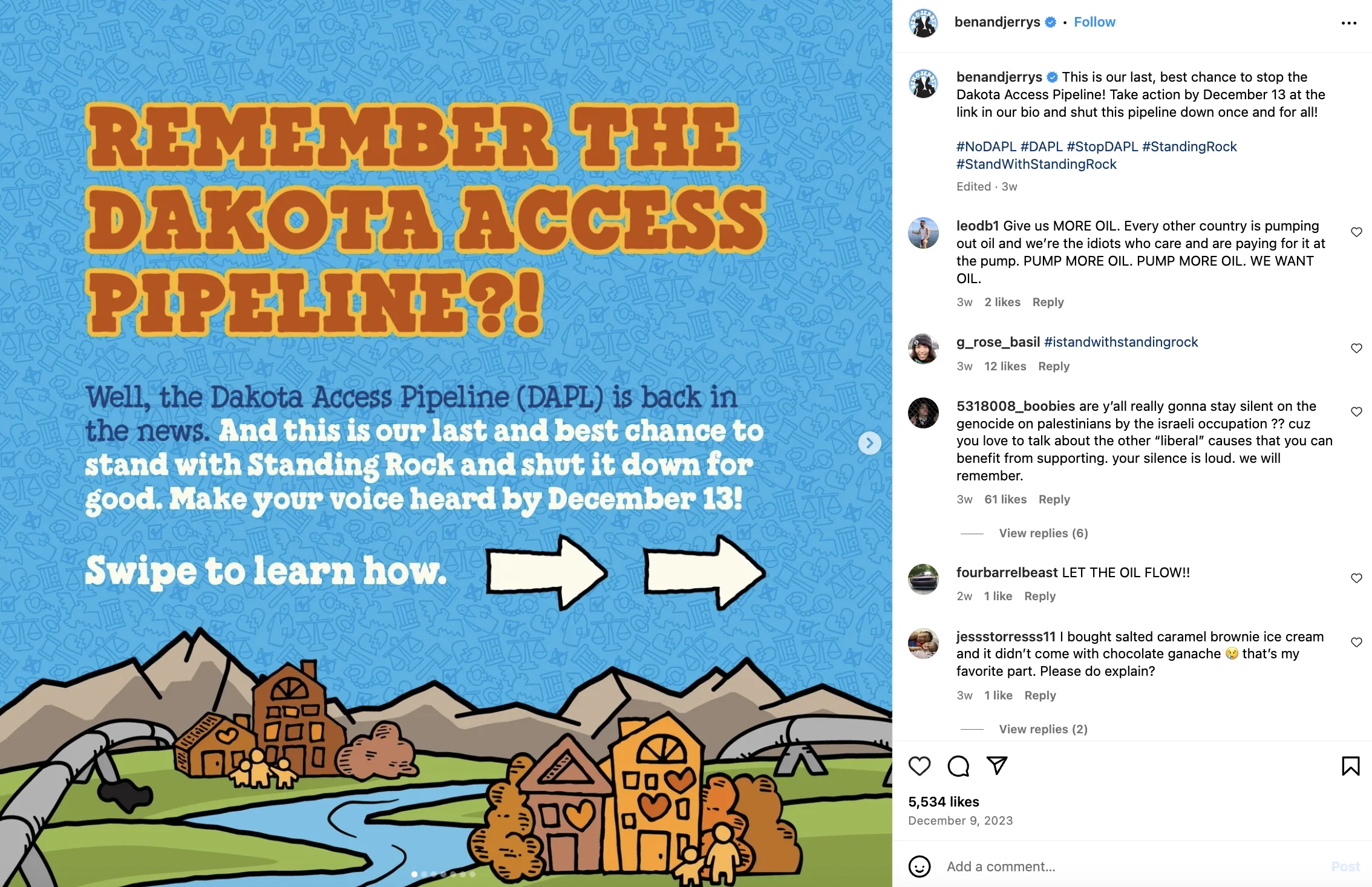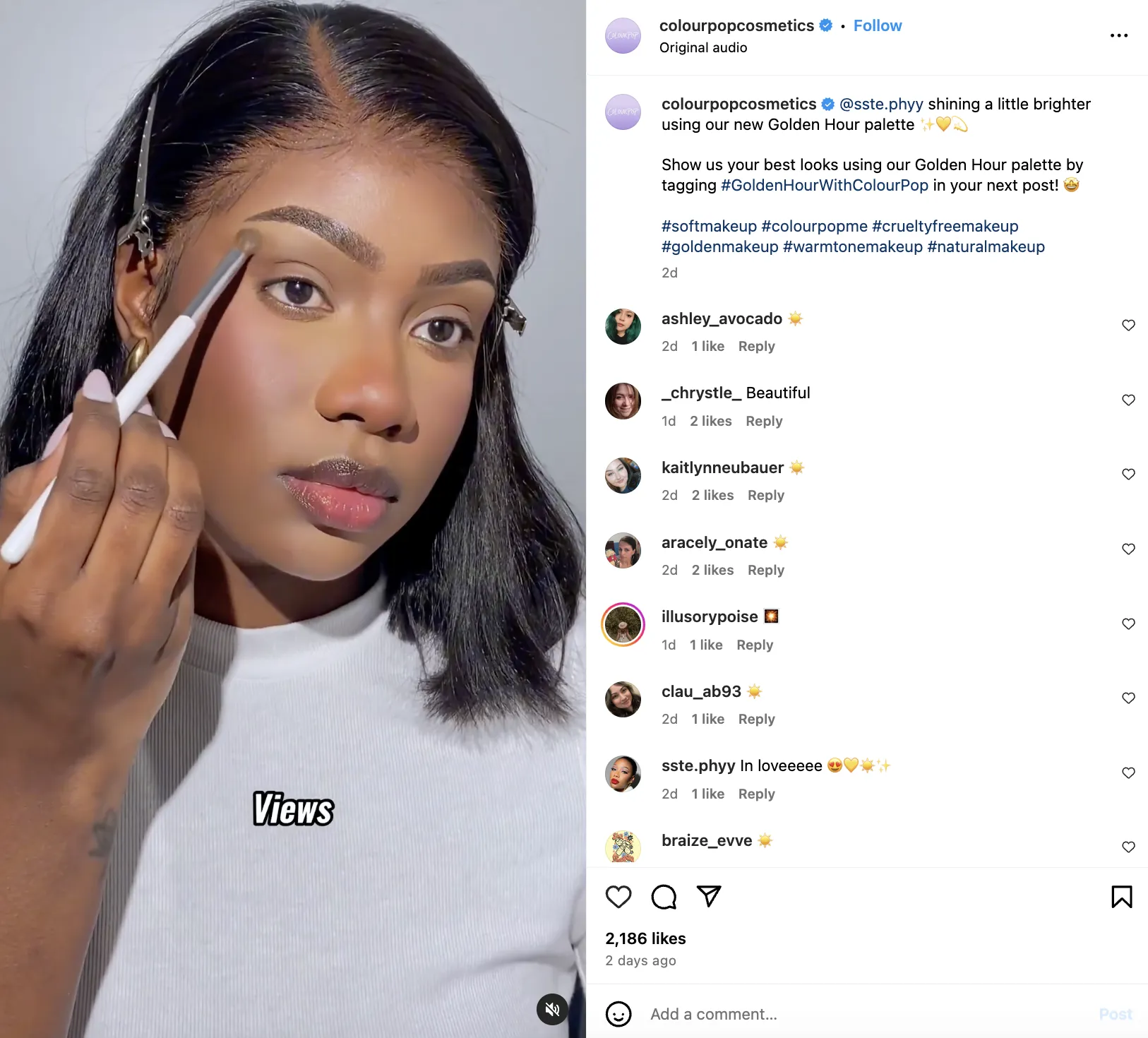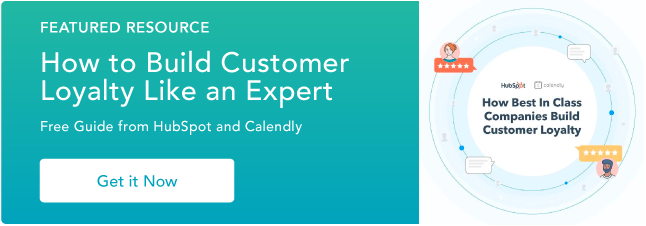Have you ever loved a product so much that you can’t stop talking about it and singing its praises? If so, you’re a brand evangelist. Brand evangelists take being an extremely loyal customer to the next level. They always purchase from the brand they love without considering a competitor, and vouch for their preferred brands amongst family, friends, colleagues, and social media followers.

Think of a brand evangelist as your company’s best advocate: They offer you free marketing and use their satisfaction to convert folks they know into loyal fans, too. I’m here to walk you through everything you need to know about brand evangelism, why it’s important, and how to inspire loyal customers to become one.
Brand Evangelism
Brand evangelism is free, word of mouth advertising from loyal customers and sometimes, employees, who enthusiastically promote and recommend a brand to their network. Their reason for doing this is because they believe in and are passionate about the product.
Generally, brand evangelists have a strong emotional connection to the product, too. Brand evangelism is an effective marketing strategy and tool for creating brand awareness and acquiring more customers, without additional marketing costs.
.webp)
5 Free Customer Satisfaction Survey Templates
Easily measure customer satisfaction and begin to improve your customer experience.
- Net Promoter Score
- CSAT Score
- Customer Effort Score
- And more!
Download Free
All fields are required.
.webp)
What is a brand evangelist?
A brand evangelist is a person who believes so strongly in a brand that they become passionate, loyal advocates of it. They preach about the value of a brand’s product or products so enthusiastically that they encourage others to buy into the business and become loyal followers themselves.
Some brand evangelists purchase branded merchandise to show their support. Others praise and defend you on social media and also share your content. Others are less extroverted but still fervently recommend you to family and friends.
Though they’re individual consumers in most cases, some companies have brand evangelists on their payroll. For example, Guy Kawasaki, a venture capitalist, was hired as a brand evangelist for Apple, where he worked to generate a following for Macintosh computers.
In addition to their loyalty, brand evangelists offer free marketing for your business, and this is extremely valuable. Consumers value enthusiasm from other consumers. Need proof? Just consider the fact that customers spend 31% more when a business has positive reviews.
The Full-Width CTA module will not appear to viewers of this post.
This message will only appear in the editor
Download CTA Text is required. Please check the HubDB table or override fields.
The Full-Width CTA module will not appear to viewers of this post.
This message will only appear in the editor
Download CTA Text is required. Please check the HubDB table or override fields.
How to Build Brand Evangelism
The good news about brand evangelism is that your company can proactively promote it. By weaving brand evangelism into your marketing strategy, you’ll help consciously build it. Here’s how to do so.
Understand your customers.
Everything begins with understanding your customers. You should know your customers' demographic information, what they value, and what they like to see from businesses they purchase from.
Say you own a makeup and skincare brand. Does your audience identify as mostly women, or is there equal representation across genders? Do they value your makeup brand because you have a wide array of skin tones represented, so everyone can find their right foundation match? This is all important to note.
By understanding your customers, you’ll be able to anticipate their wants and offer them products that speak to those wants before they ask for them. If you are unsure where to begin, I highly recommend creating buyer personas. Doing so isn’t costly or even time-consuming — use HubSpot’s free Make My Persona tool to begin in a matter of minutes.
Align with customer interests.
Consumers are increasingly aware of your business’s values and beliefs when making purchasing decisions. They’re also more politically and socially conscious. And 71% prefer to buy from companies that are aligned with their values.
Take Ben & Jerry’s, for example. The ice cream business has spoken out against social injustices countless times over the last few decades. Customers recognize this and continue to buy from them. Here’s an Instagram post from Ben and Jerry’s where they describe how people can stand against the environmentally damaging Dakota Access Pipeline.
Once you understand your customers, it’s easier to align yourself with their values since you’ll get a sense of who they are. However, all attempts to do this must be genuine, as customers will likely see through brands that are faking interest in social issues to gain consumer support.
Mind your employees.
The first people customers come into contact with when interacting with your business are your employees. Whether it's via social media or in-store, having employees who are as excited about your brand as your customers are is essential.
So, ensure employees have all the support they need to be excited and energetic supporters of your business. Generally speaking, employees who are being compensated fairly, have sufficient paid time off, and have great benefits are happy employees — so be sure you factor this into your plans, too.
How to Inspire Evangelism for Your Brand
Brand evangelists are your most loyal and valuable customers, because they swear by your brand and help turn other consumers into loyal customers too. To inspire evangelism for your brand, I’ll walk you through some actions you can take.
1. Interact with customers and create a community.
To inspire customer loyalty, it is of paramount importance that you interact with customers and recognize them as human beings rather than just dollar signs. The good news is that it’s easier than ever to do this, thanks to social media. One way to cultivate a community is to interact with customers on social media platforms. You can respond to questions on social media, retweet their Tweets that sing your praises, and reply to comments on Instagram posts to show that your brand is interactive.
When customers get a response from you, this can make them develop a personal connection with your brand. This is especially true if the interaction is positive and you solve a problem they’re facing in a timely manner. When others notice you always reply to your customers, they may conclude that you have a supportive community around your brand.
2. Encourage and post user-generated content.
Consider posting user-generated content (UGC) on your social media sites. This will show your followers how passionate people are about your brand and how much they like your product or service. Here’s an example of a UGC Instagram post from Colour Pop, a cosmetics company.
Around 60% of consumers think content created by other consumers is the most authentic form of content a brand can post. Since 52% of consumers report posting at least once a month about products they’ve purchased, you should take advantage of this.
Consumers you repost will feel you care about their experiences with your product. And you’ll inspire them to become loyal followers of a brand that cares.
If some customers within your online community consistently interact with you and stand out from the crowd, send them a personalized thank you email or free products. A little effort goes a long way in creating brand evangelists.
Communicating with active members of your follower base will make them feel they have a relationship with you. And they’ll be loyal to such a brand.
3. Reward customer loyalty.
While some customers are satisfied knowing their friends and family also enjoy your products, most want to be recognized and rewarded for being loyal customers. Therefore, reward them for their loyalty and entice them to become brand evangelists.
BHN Rewards, formerly known as Rybbon, is a digital rewards service that makes it easy to create customer loyalty programs. You can use the service to reward customers with points for taking actions on your site, like purchasing your products. After these points build up and reach a certain threshold, you can give customers a way to redeem their points.
BHN Rewards integrates seamlessly with HubSpot so that you can incorporate customer reward points into your automated workflows. In practice, using BHN Rewards could look like rewarding first-time customers for signing up for your rewards program (shown below).
You’ll give a great first impression by showing them you appreciate that they enjoy your service. The reward also encourages them to follow through with making a purchase on your site.

Sephora, a beauty company, has a popular customer loyalty program called Beauty Insider. The program has three tiers, and customers get points per dollar spent. Once they’ve spent a specific amount, customers are promoted to different insider levels. Each level comes with additional perks, like free shipping, access to exclusive sweepstakes, seasonal savings, and free products.
When customers are excited about getting rewards from a company, they’re more likely to return and buy more products to reach different loyalty tiers. And when they do and are rewarded for it, they’re likely to become brand evangelists.
4. Practice excellent customer service.
To cultivate customer loyalty, practice excellent customer service at all times. Customers won't follow and buy from your business if every time they have issues with your products, they deal with unhelpful customer service representatives.
73% of consumers say customer service plays a critical role in their purchasing decisions. And consumers want to feel heard and appreciated when interacting with your service reps.
Equip your customer service representatives with the tools and training they need to go above and beyond. Use software like HubSpot’s Service Hub to provide customers with the best possible service experience. The software comes with tools like Help Desk automation to create customer service tickets and prioritize requests from customers with critical issues.
You can also use the tool to create Customer Feedback surveys that you send to customers after their interaction with your service representatives. You can assess their satisfaction with their experience and identify opportunities to perfect your service strategies.
The image below depicts a sample feedback survey that can be used to understand customer satisfaction.
5. Listen to customer feedback.
Once you have feedback from customers, listen to it. Negative feedback can be discouraging, but you can use it to your advantage. Although there are always trolls on the internet, most customers leave feedback because they genuinely want you to hear it, and want you to better the brand. Learn what customers think you’re doing well — and what they think you’re missing.
For example, if you have a customer who enjoys your brand but received a faulty product in the mail, they’ll be disappointed. They’ll respond to your survey and let you know they expected more. But this doesn’t mean they’re blacklisting you. If you take the time to understand the issue and make the situation right, the customer will see that you care about their experience and become more loyal than before.
Spend Time On Your Customers
All in all, customers become loyal when they feel cared about and listened to. They’ll become brand evangelists when they have consistent, satisfactory interactions with a business across the board. Take the time to learn about your customers and what they want. Then, structure your customer experience to meet their needs, and you’ll likely generate a following of loyal brand evangelists.
Editor's note: This post was originally published in August 2010 and has been updated for comprehensiveness.




-1.webp)






![How & Why Loyalty Punch Cards Attract Customers to Your Brand [+ Examples]](https://www.hubspot.com/hubfs/customer-loyalty-punch-card_6.webp)



